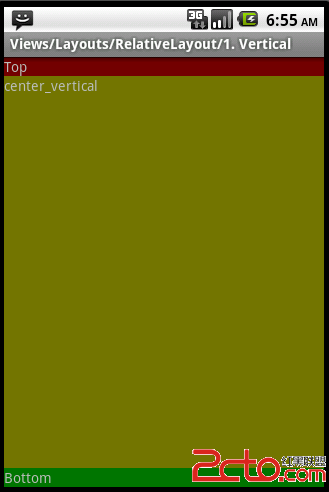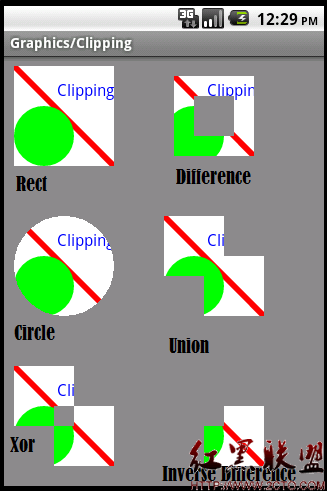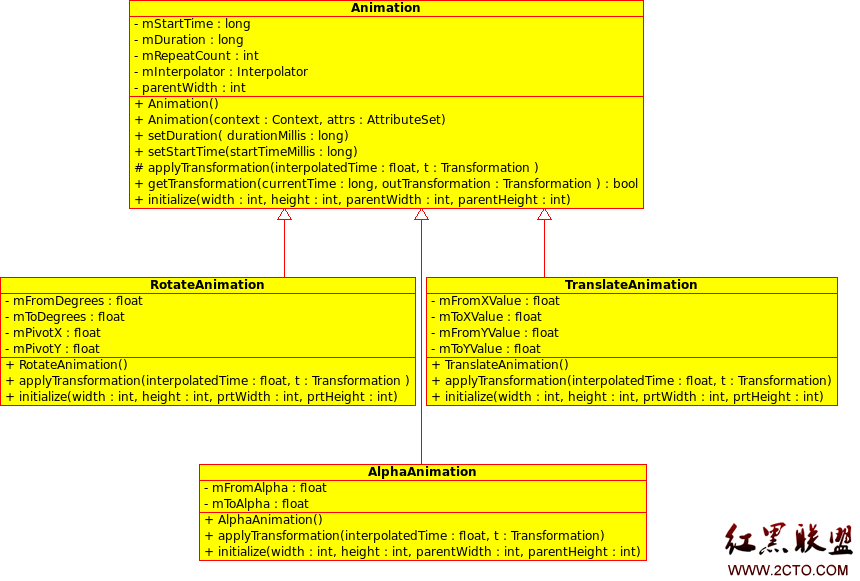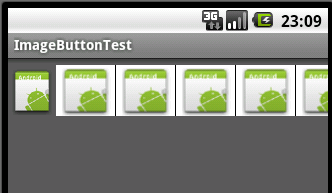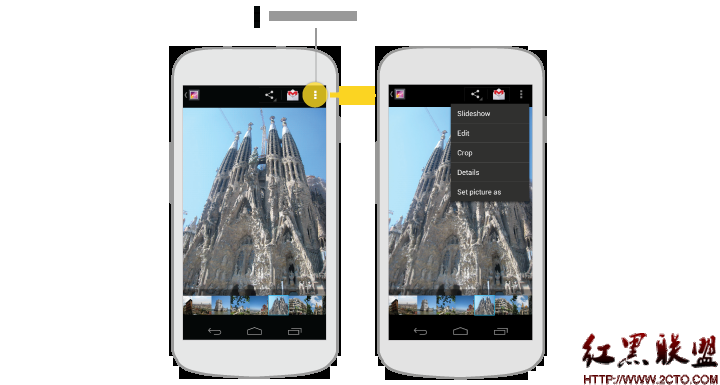Android数据缓冲区和数据流的学习总结
Android数据缓冲区和数据流的学习总结(BufferedWriter、BufferedOutputStream和FileOutputStream)
老霍数据流总结之前,先上2个例子。
==================下面是正确的数据存储方法==================
/**
* 把字节数组保存为一个文件
*
* @param b
* @param outputFile
* @return
*/
public static File getFileFromBytes(byte[] b, String outputFile) {
File ret = null;
BufferedOutputStream stream = null;
try {
ret = new File(outputFile);
FileOutputStream fstream = new FileOutputStream(ret);
stream = new BufferedOutputStream(fstream);
stream.write(b);
} catch (Exception e) {
// log.error("helper:get file from byte process error!");
e.printStackTrace();
} finally {
if (stream != null) {
try {
stream.close();
} catch (IOException e) {
// log.error("helper:get file from byte process error!");
e.printStackTrace();
}
}
}
return ret;
}
==================下面是错误的数据存储方法==================
这个有问题的方法,很让我们头疼了几天,周末多宅了几天终于解决,就是用上面的方法存储才是正确的。
到底会出现什么样的错误呢?大家不妨说说。其实,我们只需要初始读来的数据,处理后再保存,反而是走了弯路,
1 是慢 2 是经处理的数据还有错误
/**
* 保存数据包
* @param buffer
* @throws IOException
*/
public void saveDAT(byte[] buffer) throws IOException
{
SimpleDateFormat sDateFormat = new SimpleDateFormat("yyyyMMddhh"); //yyyyMMddhhmmss
String wid=sDateFormat.format(new java.util.Date());
//Toast.makeText(ClsWaveDiagram.this, "开始测量", 1000).show();
Log.i("wid:", wid);
try{
BufferedWriter bw = new BufferedWriter(new FileWriter(
"/sdcard/Data/"+wid, true));
for ( int i = 0; i < buffer.length; i++ ) {
if(buffer[i]==(byte)0xAA ){ //&& buffer[i+1]==(byte) 0x55
bw.write(buffer[i+0] & 0xFF); //AA
bw.write(buffer[i+1] & 0xFF); //55
bw.write(buffer[i+2] & 0xFF); //XD
}
}
bw.flush();
//bw.close();
}
catch (IOException e) {
}
}
用到的知识点详细总结如下
==================bufferedReader和inputstream的执行读文件的速度比较==================
bufferedreader的用法比inputstream要复杂,复杂的存在必然会导致优势的存在!
inputstream是一个字节一个字节的读取,每次读取都会执行一次IO,我们知道io的操作是很费时间的,这就必然会导致程序的效率, bufferedreader很好的解决这一问题,它可以一次读取大量的数据,大大减少了io次数,效率也就上去了好比百人座的大巴,一次拉1个学生到学校,和一次拉100个是效率不一样的。
==================BufferedOutputStream和FileOutputStream==================
注意:BufferedOutputStream 一定要结合FileOutputStream实用。
FileInputStream和FileOutputStream的例子中,使用了一个byte数组来作为数据读入的缓冲区,以文件存取为例,硬盘存取的速度远低于内存中的数据存取速度。为了减少对硬盘的存取,通常从文件中一次读入一定长度的数据,而写入时也是一次写入一定长度的数据,这可以增加文件存取的效率。java.io.BufferedInputStream与java.io.BufferedOutputStream可以为InputStream、OutputStream类的对象增加缓冲区功能。
BufferedOutputStream的数据成员buf是一个位数组,默认为512字节。当使用write()方法写入数据时,实际上会先将数据写至buf中,当buf已满时才会实现给定的OutputStream对象的write()方法,将buf数据写至目的地,而不是每次都对目的地作写入的动作。
为了确保缓冲区中的数据一定被写出至目的地,建议最后执行flush()将缓冲区中的数据全部写出目的流中。
==================System.arraycopy(temp, 0, btBuf, 0, btBuf.length);==================
Java标准类库提供static方法System.arraycopy(),用它复制数组比用for循环复制要快得多, System.arraycopy()针对所有的类型做了重载,需要5个参数。
第一个参数:源数组。
第二个参数:偏移量,即从哪个位置开始复制的索引。
第三个参数:目标数组。
第四个参数:偏移量。
第五个参数:要从源数组中复制到目标数组元素的个数,一般情况下为目标数组的长度。
例:
从A数组中复制元素到B数组?
public class Practice {
public static void main(String[] args){
String[] A = {"H","e","l","l","o"};
String[] B = new String[3];
System.arraycopy(A, 0, B, 1, B.length - 1);
for(int i = 0; i < B.length; i ++){
System.out.print(B[i] + " ");
}
补充:移动开发 , Android ,